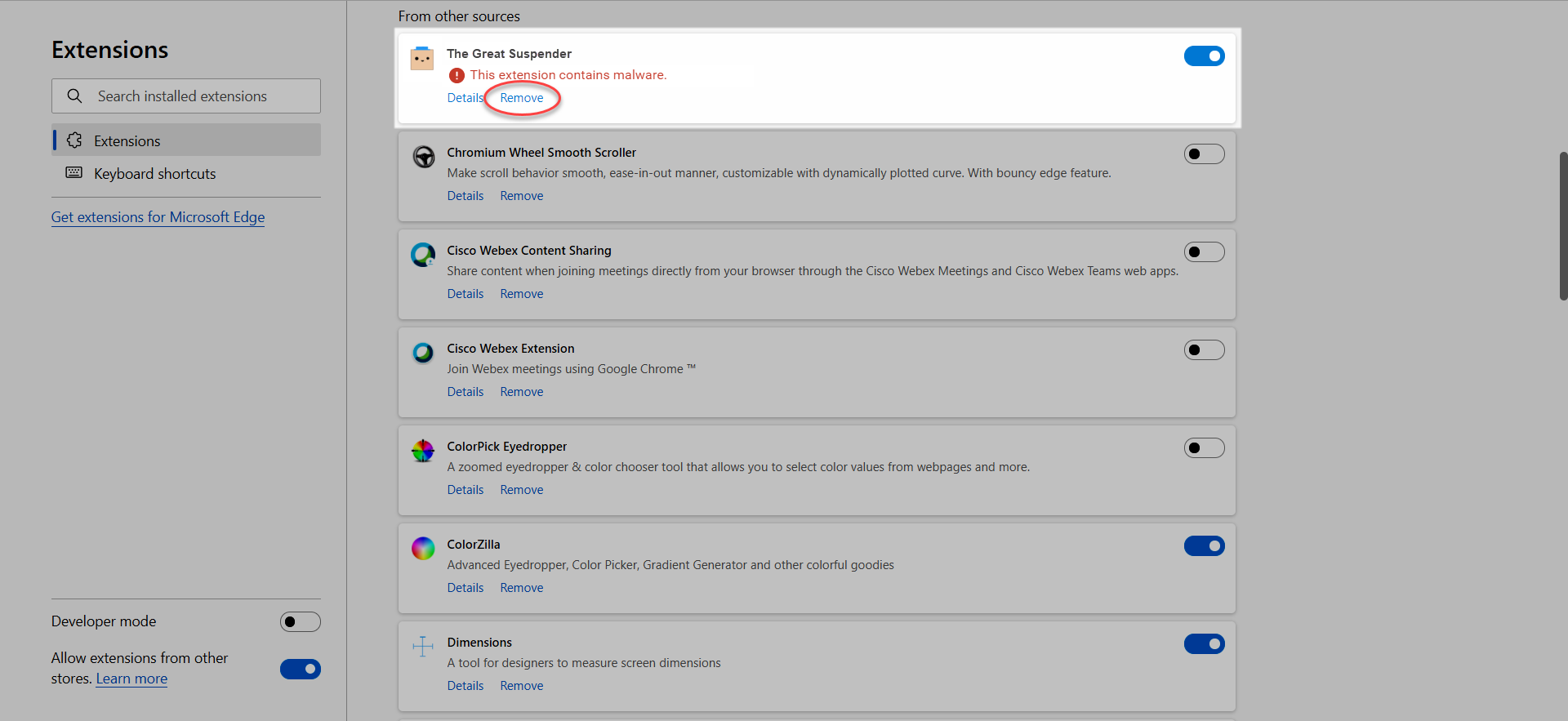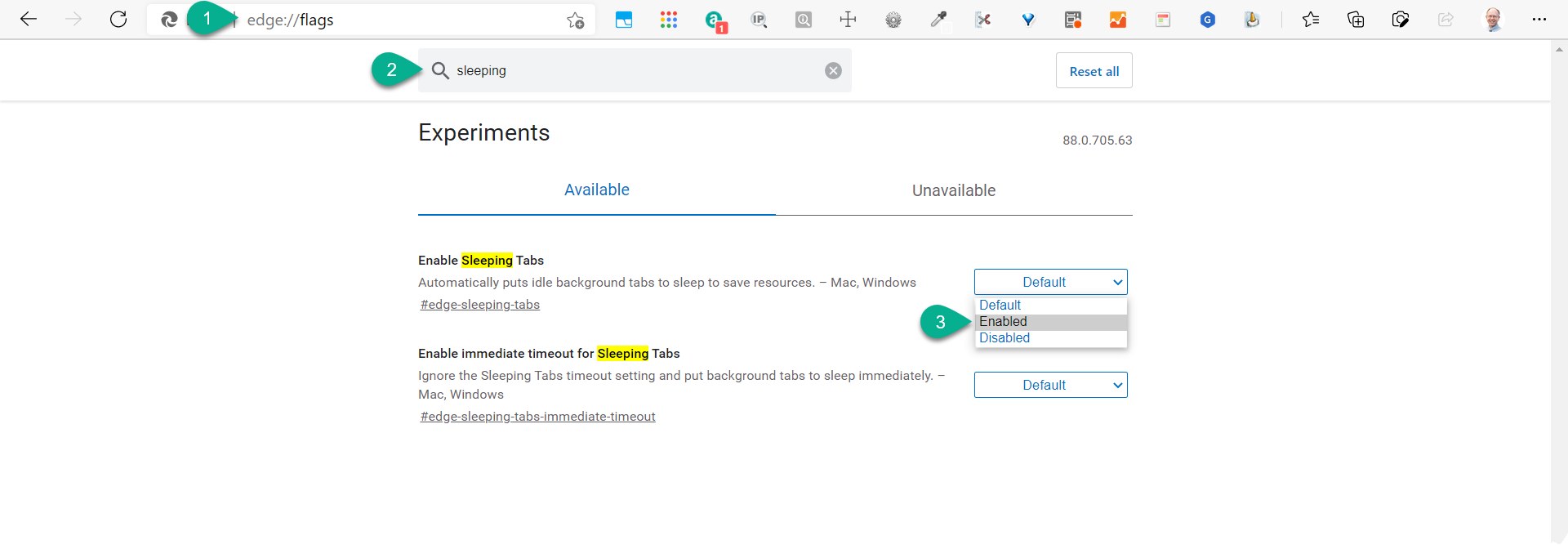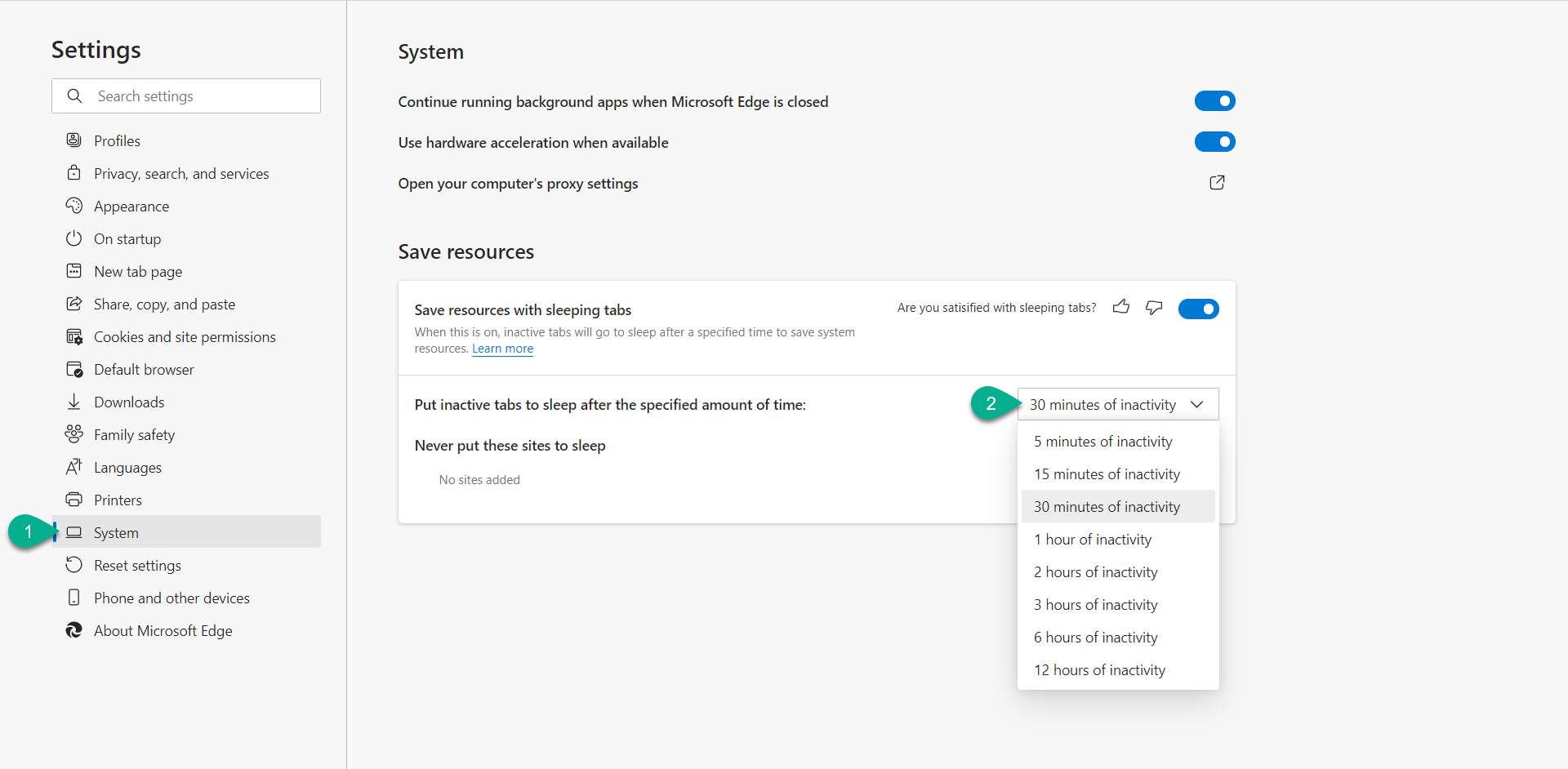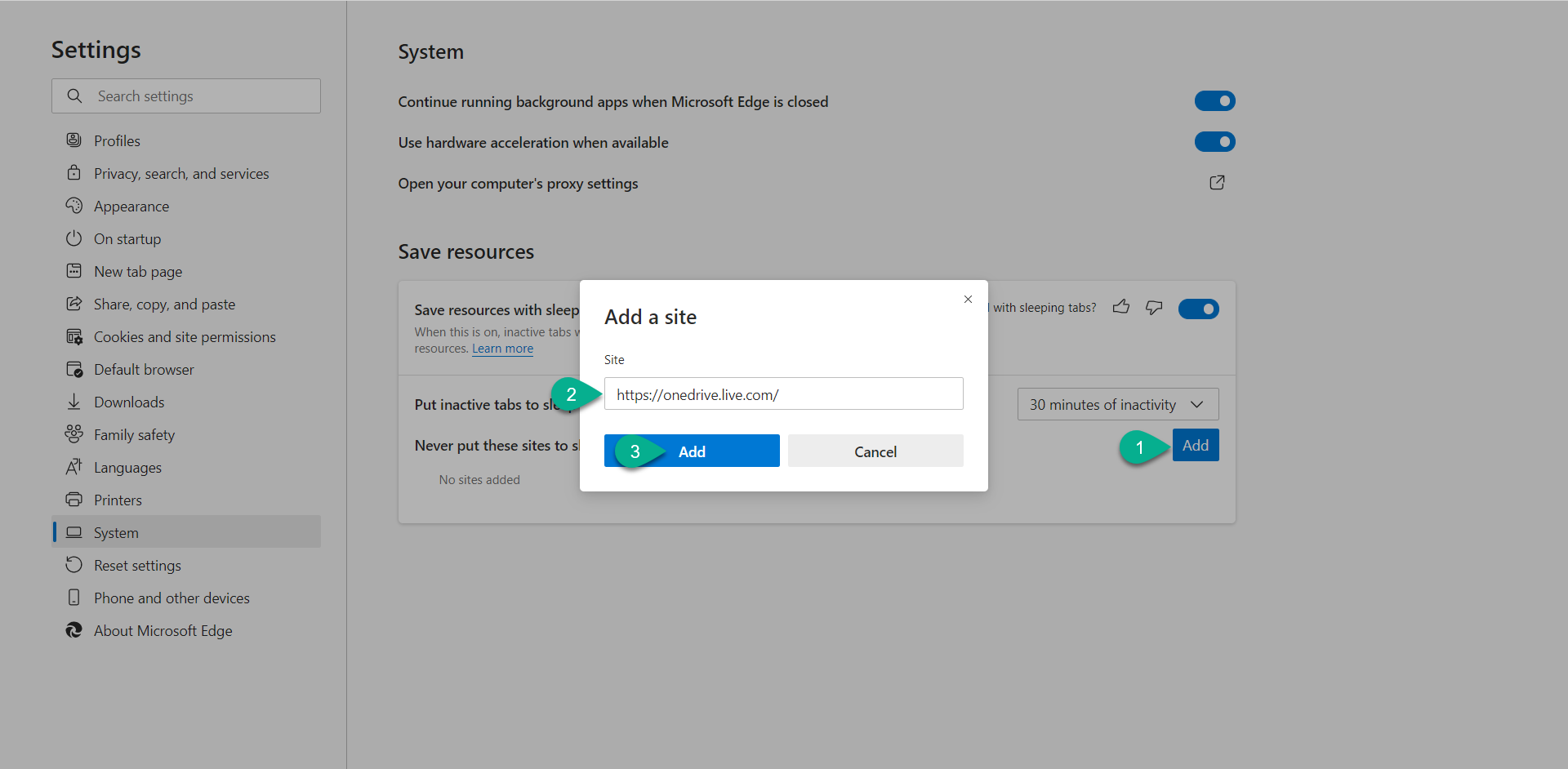Are you the type of person that struggles with too many tabs in your browser?
Estimated reading time: 7 minutes
If you’re like me, it’s easy to find yourself with dozens of tabs in your browser, carried over from session to session. These represent a drain on your system’s RAM (memory) and resources—eating up precious CPU cycles—even though you may only be actively using one or two of those tabs. For years I relied on an extension called The Great Suspender to put inactive tabs to sleep, freeing up memory and system resources. However, late last year Microsoft identified the extension had malware and recently, Google removed it from the Chrome store for the same reason. Millions of people relied on the extension, showing its importance. Fortunately, Microsoft built the critical functionality of the extension right into its Edge browser.
Remove The Great Suspender, if installed
If you have The Great Suspender installed, you first need to remove it (Don’t have it? Jump to the section on enabling sleeping tabs.). Click Settings and more, then Extensions.
Scroll down to the entry for The Great Suspender and click Remove.
Now comes the fun part! Since sleeping tabs is not yet a permanent feature, you first have to enable it in the experimental Edge features. In a new tab, type edge://flags in the address bar and click enter. In the search field, type sleeping. On the drop down field to the right of Enable Sleeping Tabs, select Enabled.
Edge will prompt you to restart the browser to complete enabling the sleeping tabs feature. Click Restart.
Configure Sleeping Tabs
Now that you have sleeping tabs enabled, the feature can be configured in Edge’s settings. Click Settings and more and then Settings. On the Settings page, click System. Under Save Resources there are two options you can configure: how long Edge should wait before putting an inactive tab to sleep and tabs that Edge should never put to sleep.
Be careful with the time you set for Edge to put a tab to sleep. If you are too aggressive here, you may inadvertently put tabs asleep that you are still using. Here’s an example: You are completing a form and halfway through, you decide to check your email. You click over to the the tab containing your email and notice an email from your best friend, who’s asking you for a special cake recipe he wants to make for guests coming over that evening. Finding the recipe and then sending it to him takes you 10 minutes, but you have your sleeping tabs inactivity time set to 5 minutes. When you return to your form, you find Edge has put your tab to sleep, as specified, but your fields are empty after you restore the page.
To hopefully avoid such a scenario, but still not wait too long for Edge to put tabs to sleep (the whole point of this is to conserve system resources, after all), I set mine at 30 minutes.
There may be tabs you never want Edge to put to sleep. Email is a good example. I don’t want Edge to ever put the tab to sleep that is connected to my email provider. I also don’t want Edge to ever put my OneDrive tab to sleep, so I am going to add an exception for that site. To do so, click Add, type the URL of the site you want Edge to never put to sleep, and then click Add.
Repeat the Add steps for every site you want Edge to never put sleep. I would caution you to not go overboard with this setting, either, as the more sites you add, the less helpful sleeping tabs will be in terms of saving your system’s resources.
The Add feature helpfully allows the use of wildcards, so if you want to create an exception for an entire domain, you can do that. If I wanted sleeping tabs to ignore all of live.com, for example, I would enter [*.]live.com, where the asterisk and period inside brackets is used in place of the subdomain. Now any subdomain for the live.com domain will be ignored, not just onedrive.live.com.
Properly configured, sleeping tabs is a great way to strike a good balance between being a “tab hoarder” and having a computer that is still responsive.










Leave A Comment